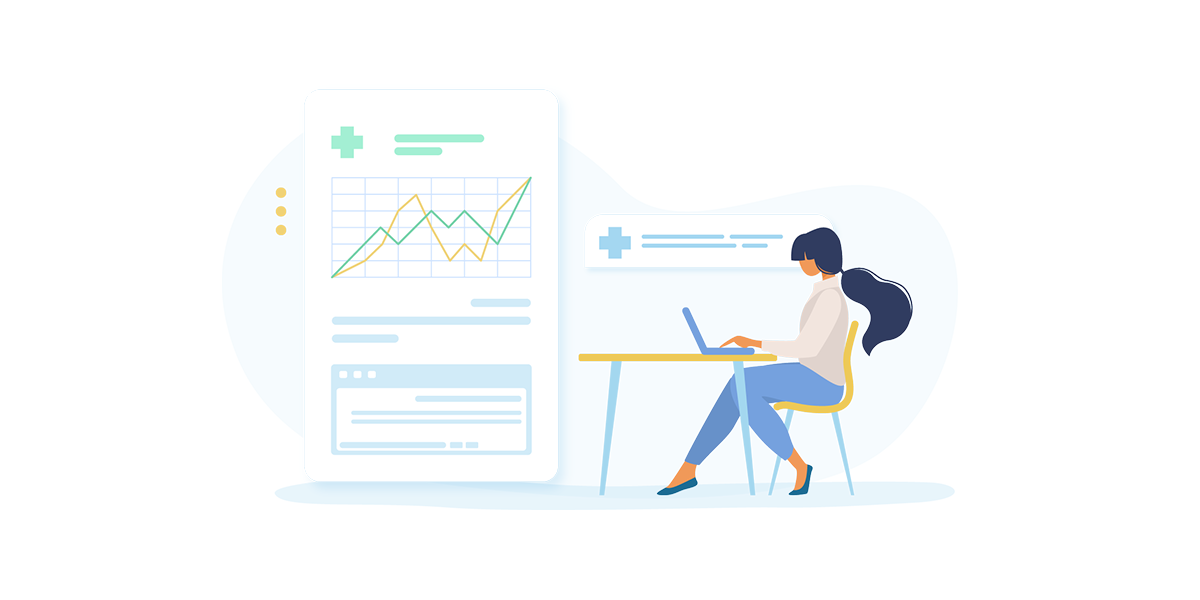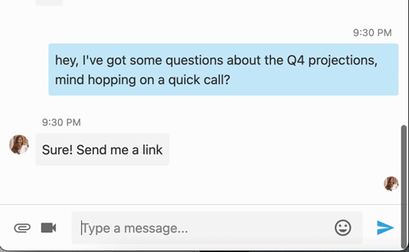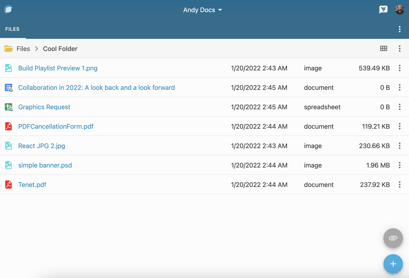“I’ll see you in health!” - Stephen Colbert

Healthcare is, pardon the pun, both a vital component of our daily lives and a massive global industry. In the United States alone, over $4 trillion is spent annually on healthcare. With the advent of smart devices, health tracking wearables, and widespread access to broadband internet, there has been a race in the SaaS space to create platforms that can increase access to care and reduce friction for patients and physicians alike. The COVID-19 pandemic only hastened this race, as many companies emerged to fill the need for easy to use telehealth apps and healthcare apps.
In a business worth an estimated $16.9 billion, the need to keep up with and outpace competitors is more important than ever. But working in healthcare comes with numerous challenges, logistical, regulatory, and practical. With so many factors to balance, it can be difficult to balance maintaining the core functionality of a healthcare app with the demand for new functionality to reduce friction and keep the platform sticky. Thankfully, collaboration APIs and SDKs provide an easy and inexpensive way to add features that can enhance and improve healthcare platforms. Here are three features that can immediately improve any healthcare platform:
1. In-app Chat
Though there are more diagnostics and tests than ever before, any doctor will tell you that the most powerful diagnostic tool at their disposal is conversation. Physicians rely on one-to-one communication to understand symptoms, get thorough medical histories, and learn any other complicating factors to a patient’s diagnosis and subsequent treatment regimen. Adding in-app chat is the logical first step to improving any SaaS healthcare platform.
Imagine a patient experiencing a wide swath of symptoms. Using in-app chat, they could quickly direct message their general practitioner and explain the symptoms. Given the nature of some of the symptoms, the general practitioner recommends the patient speak to a specialist on the app. At this point the patient could start a new direct message conversation to explain their symptoms to the specialist, while the general practitioner starts another direct message conversation to securely share notes.
Better yet, the practitioner could invite the specialist to the existing chat, transforming it into a group chat where all the involved parties can immediately read and understand what has been discussed, meaning nothing gets lost in translation. But group messaging doesn’t have to be limited to doctor/patient communications, it could also be used by medical professionals to convene panels to discuss more complex cases and share relevant documents. This small change can change any healthcare app into a platform for meaningful healthcare collaboration between patients, physicians, and other medical professionals.
Of course, any healthcare app needs to be fully HIPAA compliant to operate in the US. Though some in-app chat APIs charge extra for HIPAA compliance, Weavy is designed to match the compliance and authentication schemes of the host app, meaning in-app chat can be added without stepping out of compliance.
In-app Chat benefits:
- One-on-one consultations between patients and medical professionals
- Group chats between patients and multiple physicians
- Group chats for treatment panels
- Fully HIPAA compliant
2. Video Calling
While In-app chat is a great and robust solution for healthcare communications, there are some conversations that are best conducted face to face. Many telehealth apps have spent hundreds of thousands of dollars to add video calling features that provide that face-to-face interaction while not stepping out of compliance. Not having an easy solution for video calls puts any SaaS health platform at a serious disadvantage, but developing one in house can be prohibitively time consuming and expensive. The cost of hosting those calls only compounds matters.
But it doesn’t have to be. There exists a video calling app that is inexpensive, reliable, HIPAA compliant and almost every person already knows how to use it: Zoom. Weavy’s in-app chat allows users to seamlessly send and receive Zoom meeting links in only a few clicks.

The only requirement to remain in compliance with HIPAA is that all medical professionals have a Zoom for Healthcare license on their linked Zoom account.
Video calling benefits:
- Face-to-face patient communication
- Works with accepted industry standard video call apps
- Fully HIPAA compliant with Zoom for Healthcare
3. Document Collaboration
Medical records, prescriptions, authorization forms, referrals. Working in healthcare means dealing with a lot of documents. At the time of this writing, the healthcare industry accounts for as much as 30% of all data produced, which is more output than the financial services or entertainment industries. Sorting and protecting all these files is a challenge in and of itself, but doing so in a way where they can also be shared securely amongst medical professionals and patients is another beast altogether. But that beast can be tamed through document collaboration.
Document Collaboration is a suite of features that enables users to collaborate on important medical documents within an application. With a good implementation of document collaboration, patients and physicians should be able not only to upload documents, but sync, share, and even preview them securely without ever having to navigate away from the app. With a great implementation things like sharing and permissions should be automated, so that no one ever has to ask a colleague for permission to view a document or send an email with an attachment ever again.

Imagine if a patient could share a secure folder in a healthcare app with all of their physicians. Patients could upload important documents like medical history or insurance cards, physicians could upload treatment summaries or diagnostic results. Anyone given access to this folder could view, comment on, or download these documents without having to ask for permissions. Just like all features mentioned above, document collaboration is designed to match the compliance of the host app, meaning that if your platform is HIPAA compliant, then document collaboration will not take it out of compliance.
Document collaboration benefits:
- Secure document repository
- Documents can be uploaded and synced with multiple users
- Version control allows users to track changes
- Fully HIPAA compliant
As industries go, healthcare is as complex as it is important. With the global population steadily growing and, on average, aging the demand for healthcare and easy access to health services is only going to increase in the coming years. By using a collaboration API and SDK like Weavy, you can add vital features to your healthcare platform while remaining HIPAA compliant.